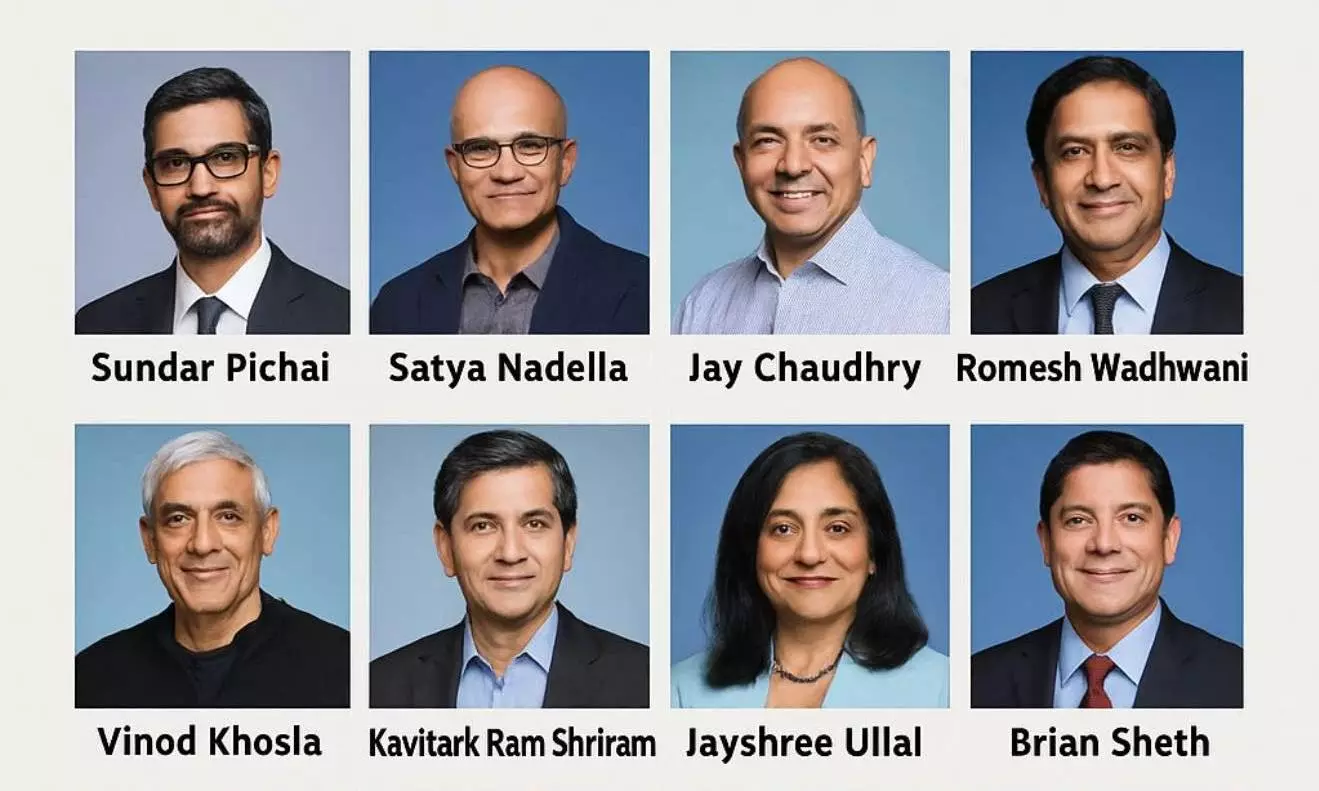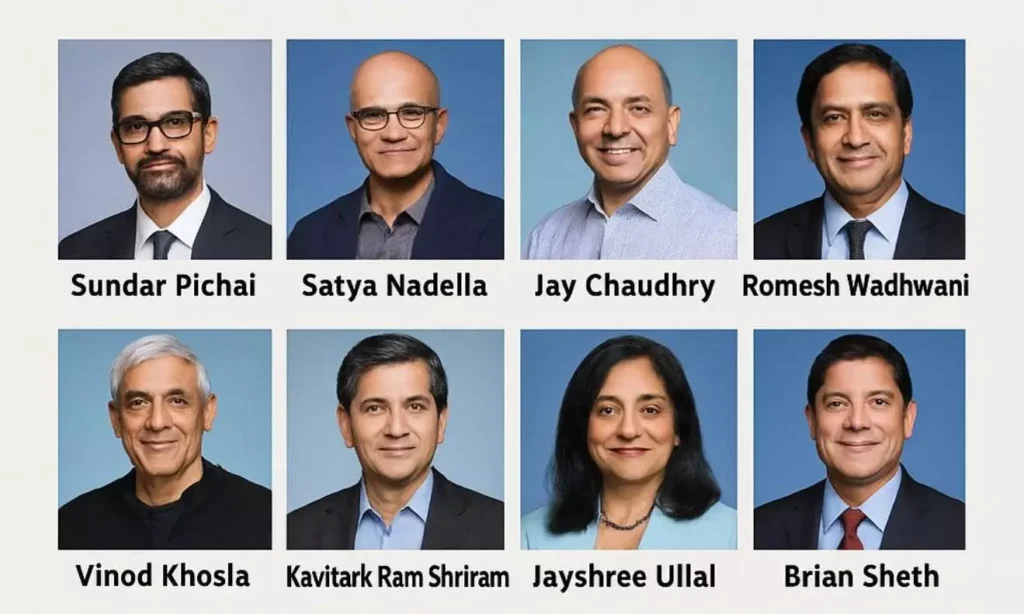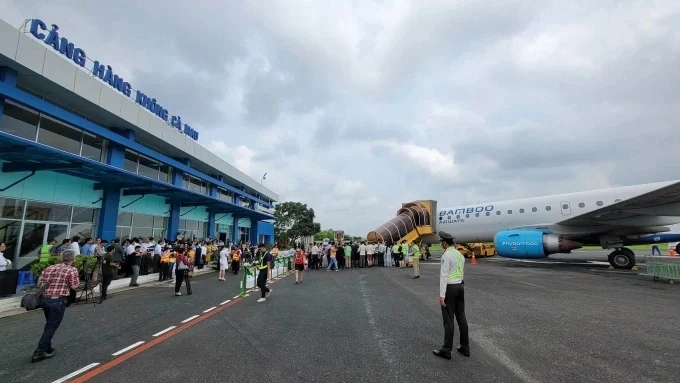Seoul — Researchers from the Korea Advanced Institute of Science and Technology (KAIST), in collaboration with LG Energy, have announced a breakthrough in lithium-metal battery technology that could accelerate the global transition away from gasoline-powered vehicles. The new system allows an electric vehicle to travel up to 800 kilometers on a single charge, with charging time reduced to just 12 minutes.
This development directly addresses two of the most persistent challenges in electric mobility: limited driving range and long charging times. By introducing a new liquid electrolyte that prevents dendrite formation on lithium-metal anodes, the research team has overcome a key technical barrier that has long hindered the commercialization of high-density batteries.
For ASEAN economies, the implications are significant. The region is both a fast-growing automotive market and a major hub for battery supply chains. Countries such as Indonesia, Thailand, and Vietnam are investing heavily in electric vehicle production and infrastructure. A technology that dramatically improves battery performance could reshape industrial strategies, trade flows, and energy security policies across Southeast Asia.
The breakthrough also intersects with ASEAN’s broader climate commitments. With member states pledging to reduce carbon emissions and expand renewable energy adoption, the availability of faster-charging, longer-lasting batteries could accelerate the phase-out of fossil fuel dependence in transport. This would not only reduce emissions but also strengthen regional resilience against oil price volatility.
At the same time, the innovation raises questions about supply chain dynamics. Lithium sourcing, technological licensing, and regional manufacturing capacity will determine how quickly ASEAN can benefit from this advancement. Partnerships with Korean firms may become a strategic priority for governments and private sector players seeking to secure early access.
The announcement underscores how technological innovation in Northeast Asia can ripple across Southeast Asia’s economic and policy landscape. For ASEAN, the challenge will be to align industrial policy, infrastructure development, and cross-border cooperation to fully leverage this opportunity.
The KAIST-LG Energy breakthrough is more than a scientific milestone. It is a signal that the era of gasoline-powered vehicles is drawing closer to its end, and that ASEAN must prepare to adapt its industries, policies, and societies to a new era of mobility.







